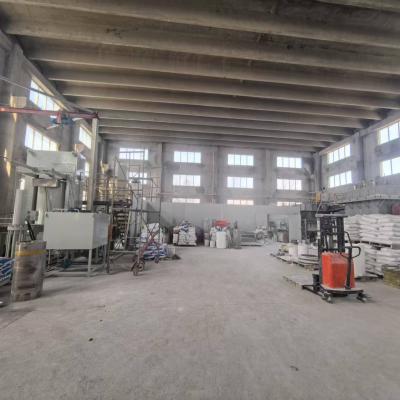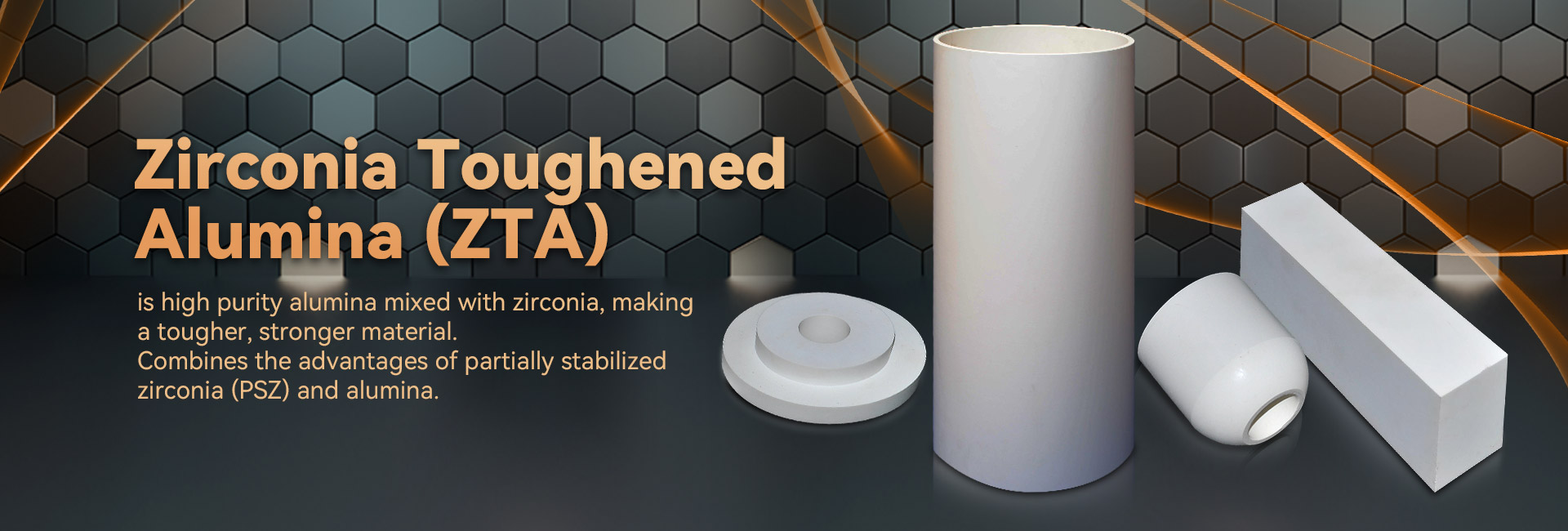
Mechanical ceramic boast superior physical qualities, positioning them optimal for a inclusive spectrum of deployments. Developing from aviation and automobiles to electronic equipment, these composites are constantly advancing to match zirconia ceramic the expectations of a leading-edge market.
- Their strength and endurance to extreme thermal states make them necessary for superior equipment.
- Additionally, technical ceramics supply positive attributes in terms of functionality, aiding the improvement of leading-edge techniques.
Crafting Porcelains: Built for Premium Capability
Constructed ceramics shine in taxing functions due to their exceptional qualities. Designed from handpicked raw components and experiencing exacting processing approaches, these progressive compounds exhibit innovative sturdiness, deterioration resistance, and endurance to critical thermal states, rusting, and friction. From outer space units to fine crafting tools, industrial ceramics present peerless capability across multiple sectors. Their versatility allows withstanding rugged environments, assuring continuance and steadfastness. As modernization progresses, the desire for premium elements grows, cementing the pivotal status of industrial ceramics in shaping a stronger age.
Next-Generation Ceramics: Scaling Compound Boundaries
Elements, highlighting unparalleled robustness and endurance, are in the midst of a upheaval. Sophisticated ceramics, constructed with careful control over their formulation and microstructure, overcoming the bounds of all that is conceivable. These ceramics carry a ample assortment of essentials, substantially aiding them advantageous for hard territories such as aeronautics, health sciences, and power generation. From slender parts that hold up under extreme heat levels to body-friendly implants that combine smoothly with the organism, advanced ceramics are redefining our sphere.
Meticulous Ceramic Fabrication: Achieving Critical Demands
Specialized ceramic fabrication has advanced considerably in recent eras, enabling the formulation of complex and highly efficient ceramic products. These pieces are indispensable across a diverse range of realms, including aerospace, clinical, and gadget domains. Attaining the exacting benchmarks for these operations calls for exact fabrication methods that secure dimensional correctness, surface refinement, and material traits. Next-generation ceramic fabrication processes use numerous methods, including slip casting, injection molding, and additive manufacturing. These tactics permit the formulation of multi-faceted configurations and delicate facets with exceptional steadiness. What's more, advances in material innovations have spawned new ceramic compositions endowed with improved characteristics. These elements boast increased longevity, survival, and tolerance to drastic energy conditions, making possible their use in high-end sectors.
The future for careful ceramic fabrication are vast. As inquiries and development go forward, we can await even more innovative procedures and ceramics that will further stretch the thresholds of what is doable in this domain.
Top-Performing Ceramic Elements for Severe Conditions
Advanced ceramic forms exhibit extraordinary sturdiness and tolerance against challenging environments, making them suited for stringent actions in military fields. These progressive ceramics can tolerate elevated thermic loads, defy oxidation, and secure their capability under severe dynamic stresses. Their unparalleled microstructural essentials empower trusted work in critical situations, including high-temperature furnaces, aircraft engines, and nuclear systems.
- Hybrid ceramic mixtures
- Thermal endurance
- Reduced mass
Ceramic Hybrids: Combining Power and Performance
Hybrid ceramics provide a compelling mix of mechanical robustness and distinct unique characteristics. Through the integration of ceramic particulates within a copyright, these alloys achieve notable strengths. This merge results in heightened resistance against high temperatures, wearing, and chemical degradation, rendering them advantageous for stringent deployments in flight, automotive, and energy fields. Furthermore, ceramic composites are customized to possess specific properties like electrical conductivity or biocompatibility, enhancing their versatility across diverse sections.
Fine Regulation in Next-Generation Ceramics
Gaining specified essentials in leading ceramics frequently demands precise direction over their grain configuration. Several handling conditions, including sintering temperature, span, and atmosphere, alongside the integration of dopants or extra phases, significantly shape the configuration of microstructures, absorption, and other microstructural peculiarities. Careful tailoring of these conditions allows for the amplification of strength, rupture tolerance, and warmth conductivity. Namely, elevating the sintering heat intensity can enhance grain development, thus increasing solidness and improving mechanical load-bearing capacity. Conversely, managing the firing atmosphere may change the oxidation form of the ceramic, thereby influencing its electrical current flow or magnetic features. Appreciating these relationships between microstructure and properties is vital for engineering advanced ceramics with specialized ability suitable for wide roles.
Decay-Resistant Ceramics: Elevating Toughness
Across heavy-duty industrial branches, where modules are forced to constant scraping and damage, articles with excellent toughness are importantly essential. Wear-resistant ceramics have emerged as a dominant solution, offering unparalleled lastingness and performance in several sectors such as fabrication, mining, and aerospace. These modern products possess a rare internal formation that builds up their capability to withstand damage. By using the native durability and solidity of ceramic elements, engineers can develop durable segments capable of surviving the most inimical operating environments.
Clinically Safe Materials: Roles in Health Industry
Biocompatible ceramics have recast the health field, delivering an array of valuable qualities for diverse purposes. These products are non-reactive within the flesh, minimizing allergic responses and fostering regeneration. A prime task for biocompatible ceramics is in joint prostheses, where their hardness sustains long-lasting foundation to damaged body parts.
Furthermore, they are leveraged in oral care, conveying a steady and harmonious solution for prosthetic teeth. Ceramics also maintain a key responsibility in pharmaceutical applications, facilitating the specific supply of agents to specific points within the flesh.
- Besides, biocompatible ceramics are steadily being analyzed for cellular therapy, serving as a scaffold for cell growth.
- Therefore, the outlook of biocompatible ceramics in biomedical fields looks optimistic, with continual explorations expanding their applications.
Ceramic Sensors: Empowering High-Precision Readings
High-tech sensor ceramics have surfaced as key modules across a multifaceted array of arenas. These instruments use the special aspects of ceramic substances to deliver highly trustworthy calculations. Their toughness in {demanding|harsh| 